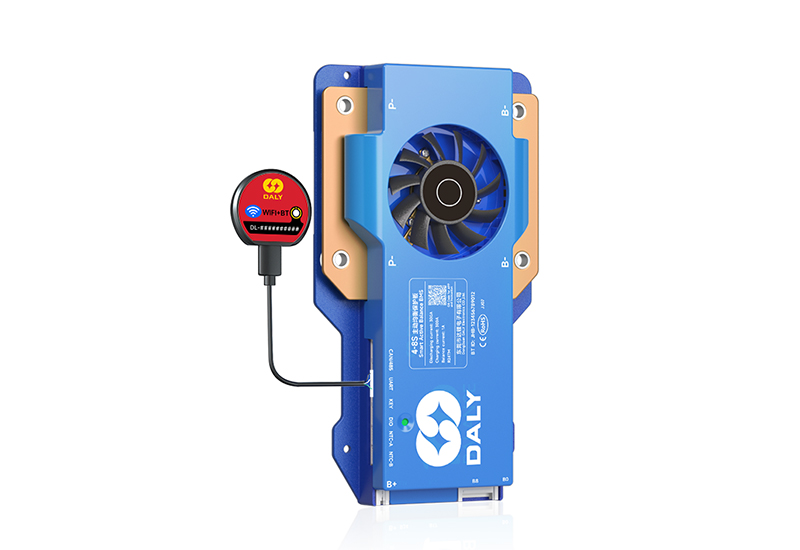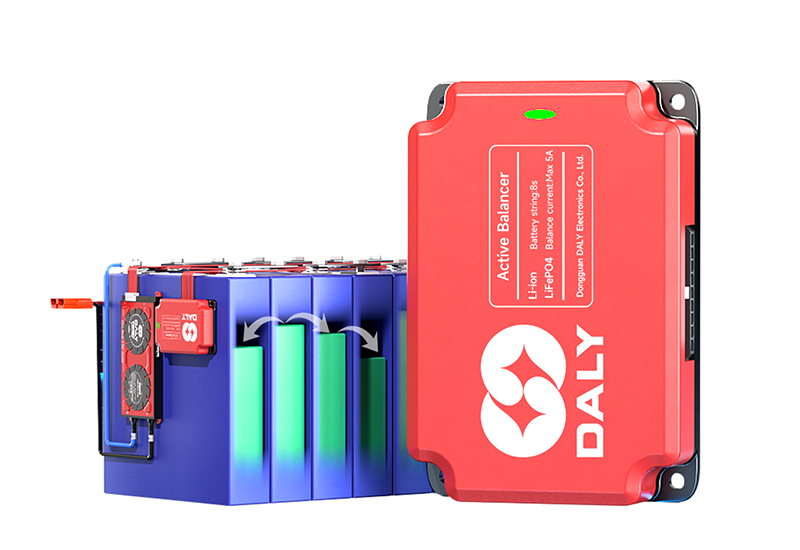When designing or expanding battery-powered systems, a common question arises: Can two battery packs with the same voltage be connected in series? The short answer is yes, but with a critical prerequisite: the voltage withstand capability of the protection circuit must be carefully evaluated. Below, we explain the technical details and precautions to ensure safe and reliable operation.

Understanding the Limits: Protection Circuit Voltage Tolerance
Lithium battery packs are typically equipped with a Protection Circuit Board (PCB) to prevent overcharging, over-discharging, and short circuits. A key parameter of this PCB is the voltage withstand rating of its MOSFETs (the electronic switches that control current flow).
Example Scenario:
Take two 4-cell LiFePO4 battery packs as an example. Each pack has a full charge voltage of 14.6V (3.65V per cell). If connected in series, their combined voltage becomes 29.2V. A standard 12V battery protection PCB is usually designed with MOSFETs rated for 35–40V. In this case, the total voltage (29.2V) falls within the safe range, allowing the batteries to function properly in series.
The Risk of Exceeding Limits:
However, if you connect four such packs in series, the total voltage would exceed 58.4V—far beyond the 35–40V tolerance of standard PCBs. This creates a hidden danger:
The Science Behind the Risk
When batteries are connected in series, their voltages add up, but the protection circuits operate independently. Under normal conditions, the combined voltage powers the load (e.g., a 48V device) without issues. However, if one battery pack triggers protection (e.g., due to over-discharge or overcurrent), its MOSFETs will disconnect that pack from the circuit.
At this point, the full voltage of the remaining batteries in the series is applied across the disconnected MOSFETs. For example, in a four-pack setup, a disconnected PCB would face nearly 58.4V—exceeding its 35–40V rating. The MOSFETs may then fail due to voltage breakdown, permanently disabling the protection circuit and leaving the battery vulnerable to future risks.

Solutions for Safe Series Connections
To avoid these risks, follow these guidelines:
1.Check Manufacturer Specifications:
Always verify whether your battery’s protection PCB is rated for series applications. Some PCBs are explicitly designed to handle higher voltages in multi-pack configurations.
2.Custom High-Voltage PCBs:
For projects requiring multiple batteries in series (e.g., solar storage or EV systems), opt for protection circuits with customized high-voltage MOSFETs. These can be tailored to withstand the total voltage of your series setup.
3.Balanced Design:
Ensure all battery packs in the series are matched in capacity, age, and health to minimize the risk of uneven triggering of protection mechanisms.

Final Thoughts
While connecting same-voltage batteries in series is technically feasible, the true challenge lies in ensuring that the protection circuitry can handle the cumulative voltage stress. By prioritizing component specifications and proactive design, you can safely scale your battery systems for higher-voltage applications.
At DALY, we offer customizable PCB solutions with high-voltage MOSFETs to meet advanced series-connection needs. Contact our team to design a safer, more reliable power system for your projects!
Post time: May-22-2025





